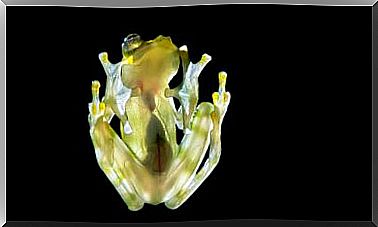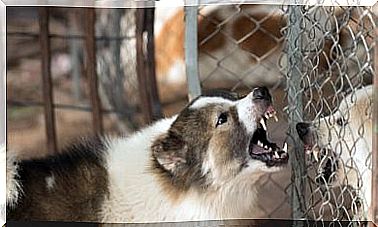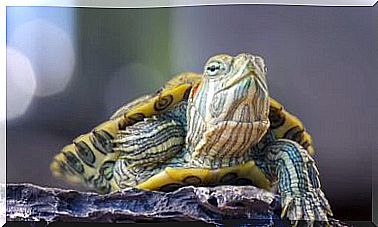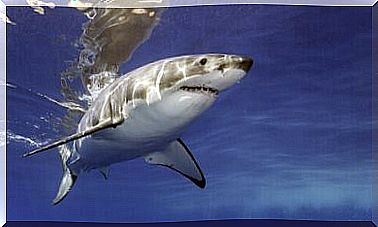Thermography And Its Use In Veterinary Medicine
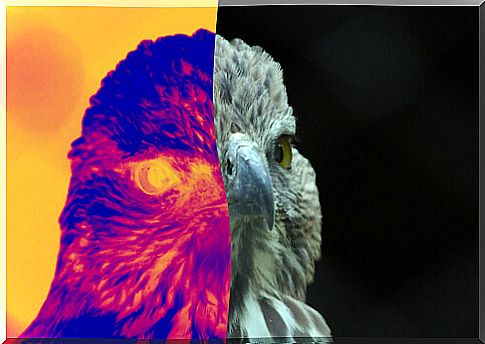
Thermography is an increasingly useful tool in medicine, even more so in these times. This diagnostic technique is essential in veterinary environments with all types of animals, but much more when dealing with wildlife.
Non-domestic animals should always be treated as such, and therefore try to interact as little as possible with them. Normally contact with people, and even more if they are weak or sick, stresses them and can lead to their death. That is why thermography, which is a remote diagnostic support method, becomes an ideal tool.
What is thermography and what is it used for?
As such, thermography is presented as a technique that allows determining temperatures from a distance and without the need for physical contact with the body to be studied. This makes it possible to capture the infrared radiation emitted by the animal using thermal or thermovision cameras. At a technical level, it allows to differentiate surfaces and fabrics based on their temperature.
In this way, if the data of the “normal” conditions of an organism are known, abnormal situations can be detected without having to expose themselves to the animal and cause it unnecessary stress.
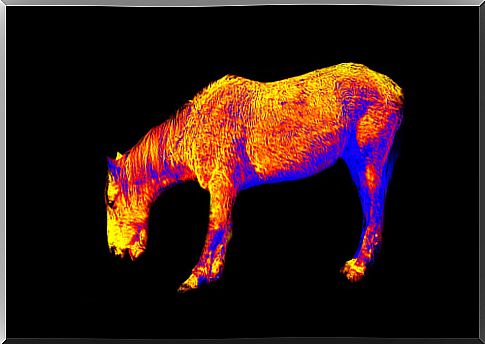
Thermography in biomedicine
Any living being emits a certain temperature through its body surface. This emission varies depending on the integument of each species: scales, feathers, skin or hair, among others. But, within the same species, there may also be differences: due to heat, digestion, or the existence of a pathology.
Thermography allows us to measure the temperature of the animal at different points on the body and compare them, being able to detect:
- Hotter areas, for example. Inflammations or wounds activate the defenses, which results in an increase in blood flow and therefore in an increase in surface temperature.
- Colder areas, due to loss of that blood supply.
In this way, an early diagnosis can be reached in many common veterinary clinic pathologies and at a lower cost than the examination methods used up to now.
Thermography in the large animal clinic
Not all animals are easy to handle and veterinarians are often faced with stressed or angry individuals. In other cases the difficulty lies in dealing with species or races that are not used to humans (for example, fighting bulls). These are some of the pathologies that can be diagnosed thanks to thermal cameras in these cases:
- All kinds of internal, muscular and joint inflammations.
- Diseases in the udders of cows, an ever-present problem in cattle farming.
- Lameness in horses, harmful postures and gait problems, as well as sore spots due to the pressure of the saddle.
- Hoof and hoof diseases.
But what about wildlife?
As we saw at the beginning, non-domestic animals have the peculiarity of needing even less contact with humans. These animals treated in the Recovery Centers need to be later released into the wild, and for that, they should not get used to dealing with people.
Birds, for example, are even more sensitive than mammals to handling stress. A swift can die in the clinic because of that stress, which is terrible, but a vulture can attack the vet, putting its own integrity and that of the one who handles it at risk. In this way, the development of diagnostic methods that minimize human-bird contact is essential. Therefore, in these cases the ideal solution has turned out to be thermography.
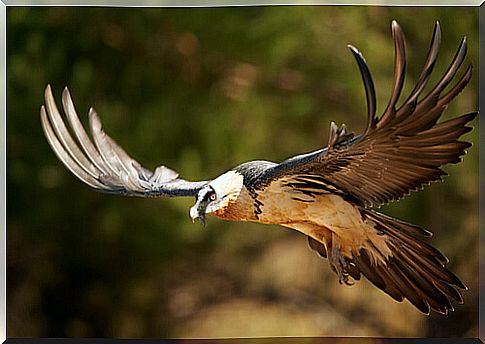
Diagnosis of electrocutions
Electrocution stands out among the main causes of death in wild birds. This is due, in part, to the fact that it is a difficult condition to diagnose early enough to be able to treat it.
When a bird is electrocuted, for example by perching on a high voltage cable, electricity travels from its legs throughout the body, to exit through the tips of the wings. Everything that is found along the way is destroyed, cutting off the blood supply.
The problem is that when arriving at the clinic, the bird may not yet show signs derived from this massive destruction of the circulatory system. However, having a thermal imaging camera, you can quickly see the increase in areas of cold colors (blue tones) that can be key to recognize the diagnosis.
As we have seen, thermography is a very useful tool, and in many cases essential, when making diagnoses in various animals.
